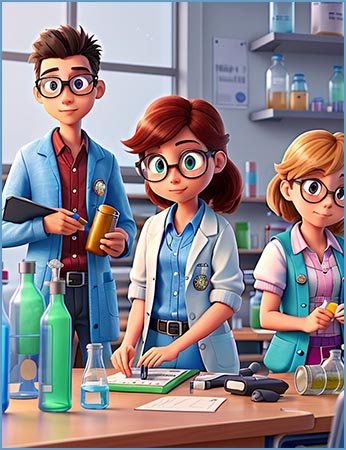

Chemistry only
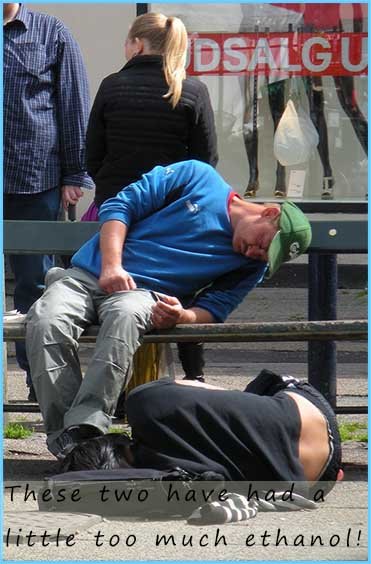 The word alcohol is most commonly associated with alcoholic drinks;
unfortunately most alcohols are toxic and are definitely
not suitable for use in drinks. The one alcohol
which is less harmful is ethanol; although it still causes many people to do very silly things when
taken in excess! Ethanol has been made for thousands of years as an alcoholic drink in
a process called fermentation.
As an example consider how beer is made.
The word alcohol is most commonly associated with alcoholic drinks;
unfortunately most alcohols are toxic and are definitely
not suitable for use in drinks. The one alcohol
which is less harmful is ethanol; although it still causes many people to do very silly things when
taken in excess! Ethanol has been made for thousands of years as an alcoholic drink in
a process called fermentation.
As an example consider how beer is made.
To make beer; barley or sometimes oat grains are allowed to start germinating by being placed in water. After a few days naturally occurring enzymes break down the starch present in these grains into simpler sugar molecules. Yeast is a natural fungus which will produce an enzyme called zymase which will convert the simple sugars in the solution into carbon dioxide gas and the alcohol ethanol. This is fermentation.
The fermentation process is slow and can take days or even weeks. Fermentation is a natural process; it is a form of anaerobic respiration. An equation for fermentation is:
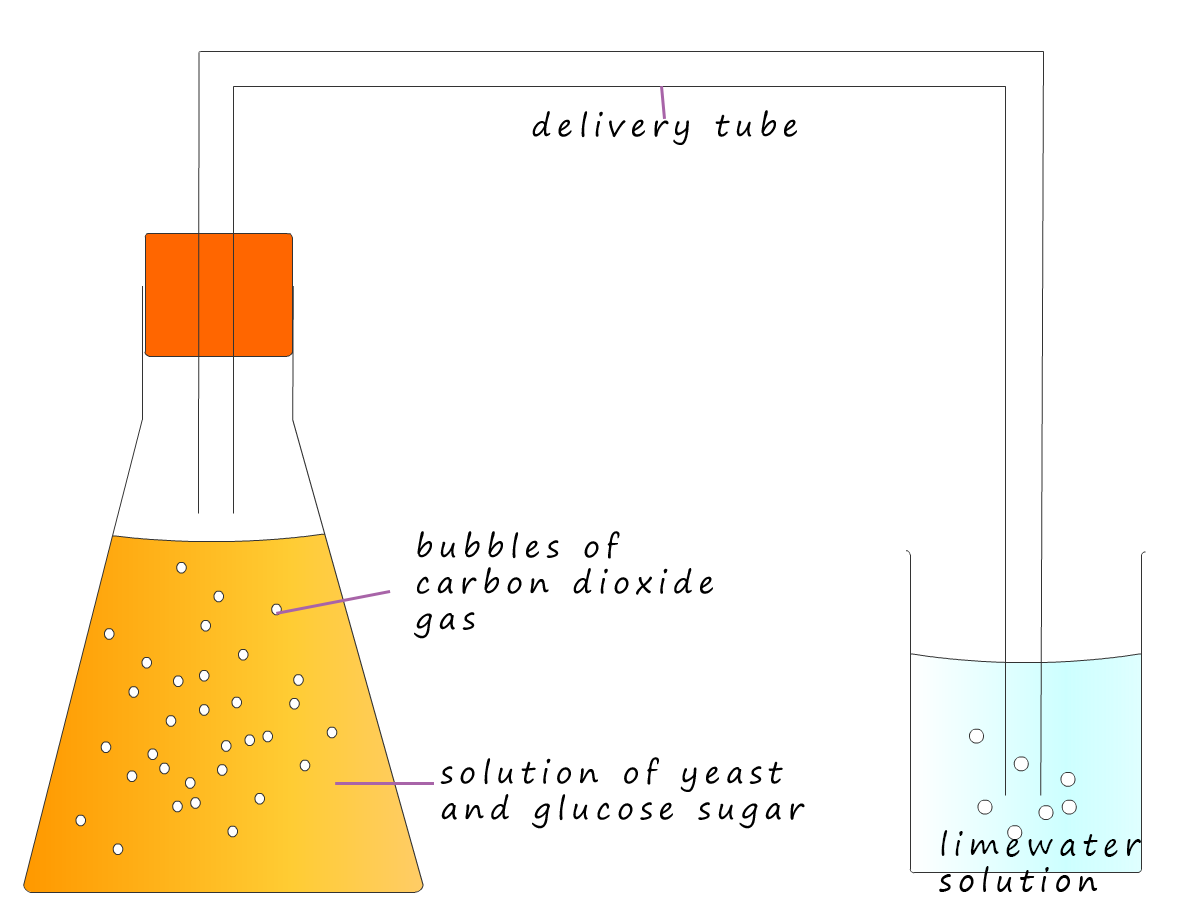
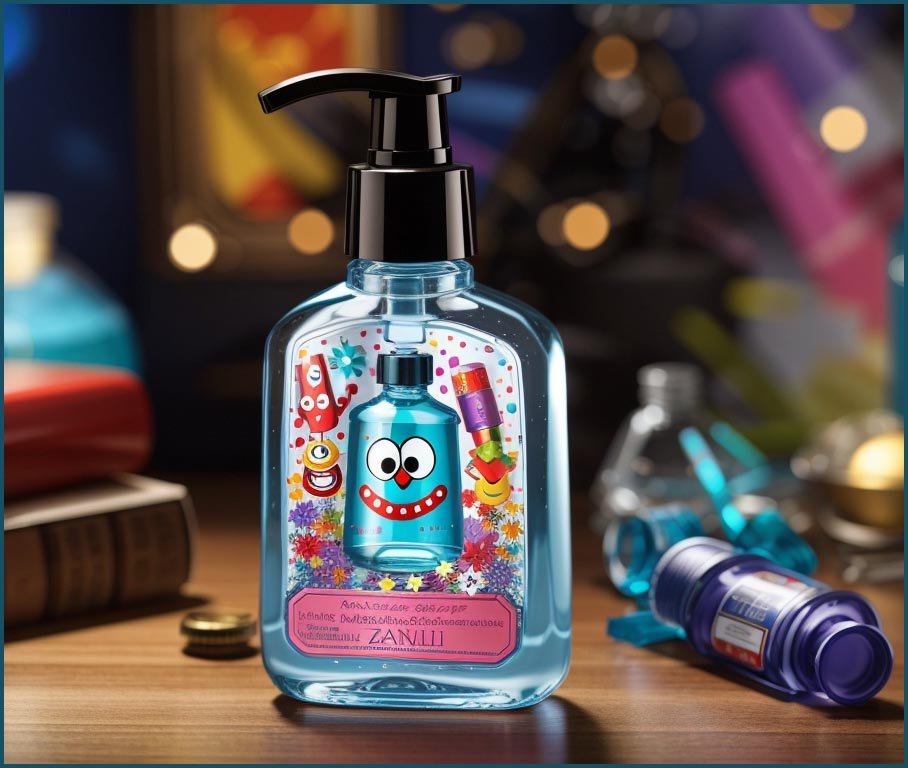 One of the main uses for alcohol is as a sterilising agent to kill bacteria and fungi; for example hand sanitizers
often contain a high percentage of the alcohol ethanol which will kill any bacteria present.
So how will this fact influence what we know about fermentation? Well once
the concentration of alcohol in the fermenting
container reaches around 10-15% fermentation stops; this is because the alcohol has killed the yeast. For alcoholic spirits such as whisky or vodka
which may contain up to 40% alcohol the alcoholic solution from
fermentation needs to be distilled.
One of the main uses for alcohol is as a sterilising agent to kill bacteria and fungi; for example hand sanitizers
often contain a high percentage of the alcohol ethanol which will kill any bacteria present.
So how will this fact influence what we know about fermentation? Well once
the concentration of alcohol in the fermenting
container reaches around 10-15% fermentation stops; this is because the alcohol has killed the yeast. For alcoholic spirits such as whisky or vodka
which may contain up to 40% alcohol the alcoholic solution from
fermentation needs to be distilled.
Alcohol (ethanol) used in alcoholic drinks such as beer, wine and spirits is made by fermentation. However alcohol can also be made a method called direct hydration. Using this method produces alcohol very quickly and being the only substance made there is no waste and no costs are needed in separating out unwanted substance. It is also a continuous process whereas traditional fermentation is a batch process. This makes direct hydration much more cost effective and more efficient; however it is a non-renewable process since the ethene needed for it comes from crude oil.
Alcohol used for industrial purposes such as solvents and in sanitizers will be made by the direct hydration method rather than fermentation. Direct hydration involves adding steam across the C=C in an alkene molecule, usually ethene. The reaction is shown below. A catalyst (phosphoric acid) and a high temperature (3000C) and high pressure (65 atmospheres) are both needed to get this reaction to occur smoothly.
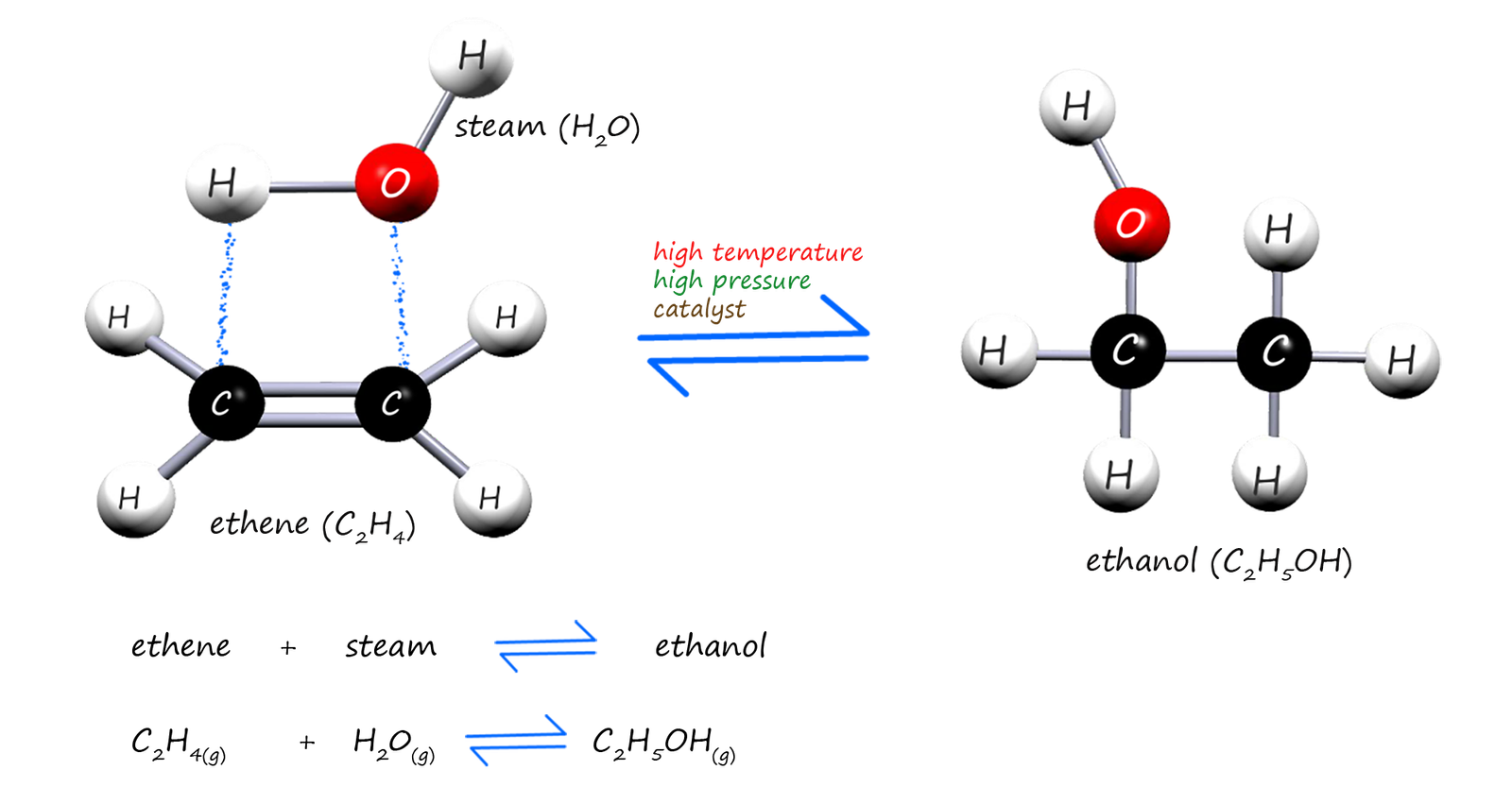
From the equation in the image above you can see that this hydration reaction is a reversible reaction. This means that the products of the reaction will be a mixture of ethanol, steam and unreacted ethene, in fact very little of the ethene and steam react when they first enter the reaction chamber. This mixture of substances formed from the hydration reaction then leaves the reaction vessel and enters a condenser, this is outlined below:
In the condenser the steam and ethanol condense and turn back into liquids while the unreacted ethene is recycled back through the reactor to react with more steam, this way the yield of the reaction can be greatly increased. The ethanol and water formed during the reaction mix freely to form a solution which leaves the condenser. The ethanol produced by hydration can be separated from this solution by fractional distillation.
